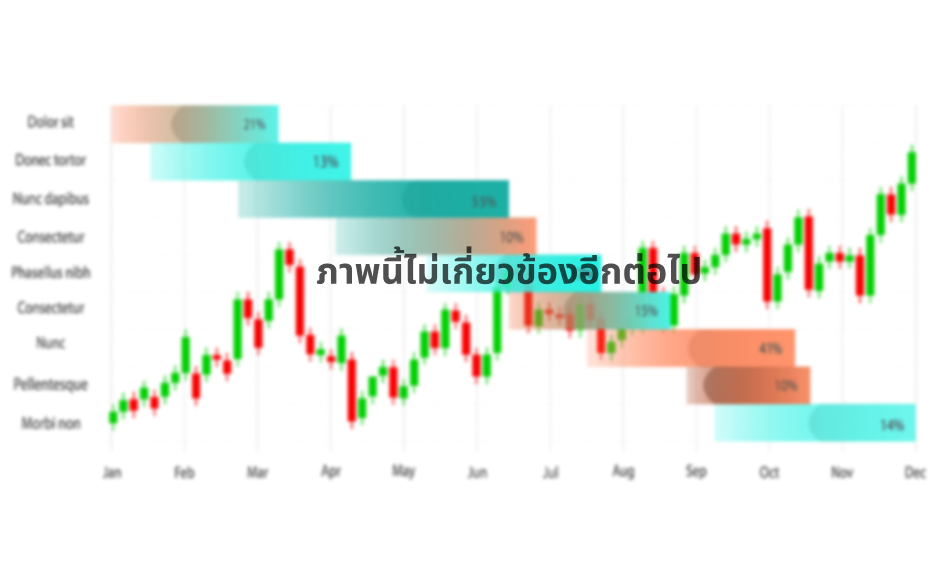The single European currency cannot decide what to react to and how to behave. As a result, it directly tears into pieces. Now, it flies up, following the pound, then confidently goes down looking back at the American statistics.Yesterday, it was clearly demonstrated. At first, the single European currency happily grew, after reports that Boris Johnson's brother left the government due to disagreements over Brexit. This casts doubt on Boris Johnson's plans for early October 15 elections. In other words, the British Prime Minister continues to be tied hand and foot, which by the way, seriously reduces the likelihood of an unregulated Brexit. And this, in turn, has a beneficial effect on the pound, which pulled the single European currency.

However, a little later, the single European currency suddenly remembered that Brexit is more affecting the UK, and even the most pessimistic forecasts speak of much smaller consequences for continental Europe, in the case of unregulated Brexit. Then it began to look at American statistics, from which the single European currency fell into despair. Indeed, ADP data showed an increase in employment by 53 thousand, while they expected a decrease by 7 thousand. However, these data precede the publication of a report of the United States Department of Labor. And if employment growth accelerates, then the content of the report is likely to be quite positive. Moreover, the total number of applications for unemployment benefits fell by 38 thousand, with a forecast of 17 thousand, although this happened solely due to the decrease in the number of repeated applications for unemployment benefits by 39 thousand, while the number of initial applications increased by 1 thousand. It was predicted that the number of initial applications would decrease by 1 thousand, and repeated ones by 16 thousand. Thus, there is little doubt that the content of today's report of the United States Department of Labor will be extremely positive. Moreover, production orders increased by 1.4%. And the only thing that at least somehow kept the dollar from even greater growth was the final data on business activity indices, which turned out to be worse than preliminary estimates. Therefore, the index of business activity in the service sector decreased from 53.0 to 50.7
Employment Changes from ADP (USA):
The number of initial applications for unemployment benefits (USA):
The number of repeated applications for unemployment benefits (USA):
Markit Services Business Activity Index (USA):
Markit Composite Business Activity Index (USA):
Today, all the attention is paid only to that report of the United States Department of Labor, and so far, the forecasts for it are not so cloudless. It is expected that 158 thousand new jobs were created outside agriculture, compared to 164 thousand in the previous month. Equally important, the growth rate of average hourly wages may slow down from 3.2% to 3.1%. However, it is highly likely that the data will turn out to be better than forecasts, and yesterday's ADP data on employment indicated this. Also, no less important is Jerome Powell's words about the state of the labor market, especially that the pace of creating new jobs exceeds the increase in labor force. Consequently, a slight slowdown in the pace of job creation cannot be intimidating.
Creation of new jobs outside agriculture (USA):
The pair EUR / USD, forming a corrective movement, has already managed to reach 1.1080, which played the role of periodic resistance. Considering everything that is happening in general terms, we see that the quotation has not easily managed to bounce off the lows of 2017 over the past three days, as it flew away from them by 150 points. Whether the picture has changed in general, for the euro / dollar pair, there is no way. The global trend, which was downward, remains the same to this day. In this case, it played the role of local overheating of the American dollar, where in conjunction with the information background we got a corrective move.
It is likely to assume a temporary fluctuation within 1.1040 / 1.1080, but the field of publication of statistics for the States, as I wrote above, is possible to return prices back to the psychological level of 1.1000.
Concretizing all of the above into trading signals:
- We consider long positions, only in the case of a clear price fixing higher than 1.1080, not a puncture.
- We consider short positions in case of price fixing lower than 1.1025, with the prospect of a move to 1.1000. Further progress will be considered after fixing the price below the psychological level, preferably with the support of the inertial move.
From the point of view of a comprehensive indicator analysis, we see that indicators on the minute and intraday intervals signal an upward trend, which reflects corrective movement. Indicators in long-term areas, on the other hand, adhere to the main trend.











